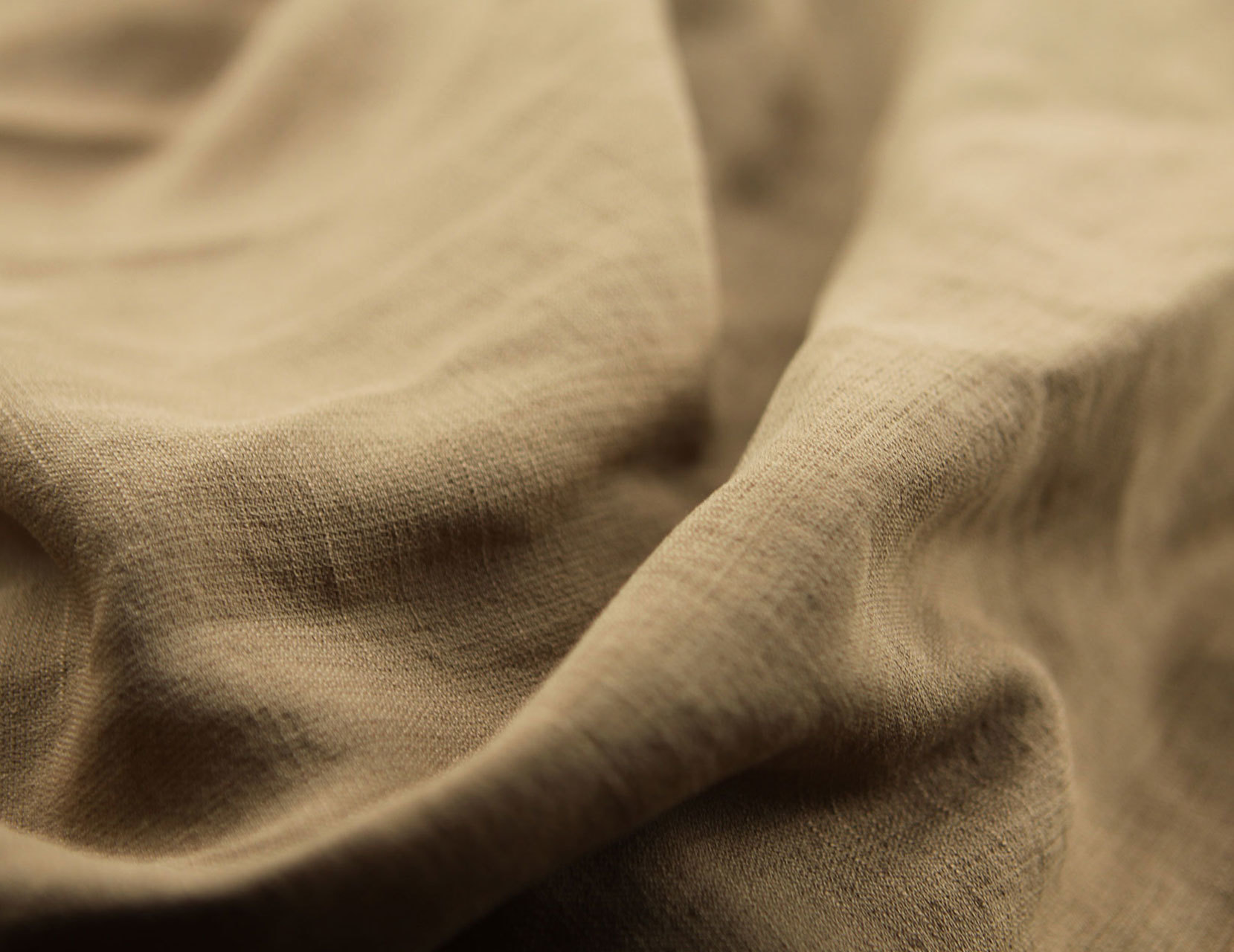How to produce slub silk
Now, with the improvement of living standards, people's requirements for clothing fabrics are getting higher and higher. People are no longer satisfied with ordinary styles of fabrics, but emphasize individuality. Now there are many chemical fiber fabrics such as slub silk on the market, and these chemical fiber fabrics have various styles.
Now, with the improvement of living standards, people's requirements for clothing fabrics are getting higher and higher. People are no longer satisfied with ordinary styles of fabrics, but emphasize individuality. Now there are many chemical fiber fabrics such as slub silk on the market, and these chemical fiber fabrics have various styles.
However, some consumers prefer linen and wool-like fabrics and effects. Nowadays, there is a slub yarn on the market. It not only has the characteristics of neat appearance and uniform distribution, but also has differences in linear density and "loose knot" style. Moreover, slub yarn also has the advantages of differential dyeing, good air permeability, non-toxicity, etc. Uniformity and so on. Therefore, slub silk has broad market application prospects.

When using slub silk to produce fabrics, for the design, control and reproduction of its characteristic parameters, the specific factory will increase the beauty through the thickness ratio of the slub silk, the distribution law of thickness and its change cycle. At present, the slub yarn produced according to the existing production method cannot control the thickness and the position where the details are produced. The distribution law of thick sections and details cannot be controlled, or the thick sections do not generate frequency and period. But this can be done by professional production equipment.
Spinning device for forming slub filaments in a composite yarn process. The heating roller in the device includes a cylindrical body, a heating device disposed on the body, and a thermally conductive material made of a contact layer covering the outside of the body, the contact layer being used to bring the textile thread into contact with the body. In this way, a heated area and a non-heated area are formed on the contact layer, so that the filaments are drawn unevenly afterward to form slub filaments.
It can be seen from the experience of using this equipment that the positions of the heating area and the non-heating area on the heating roller are relatively fixed, and the distance between the heating area and the non-heating area cannot be adjusted, so the details of the slub yarn cannot be adjusted. At the same time, the temperature of each heating zone is the same, and the differential heating of each heating zone cannot be realized. Therefore, the current equipment for producing slub yarn is developing in the direction of facilitating adjustment of the spacing between heating zones and facilitating the temperature of each heating zone.
Previous page
Next page
previous page
Next page
Related information




